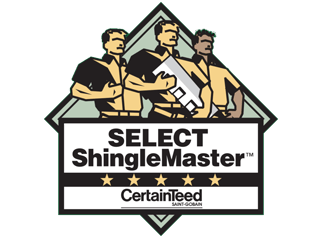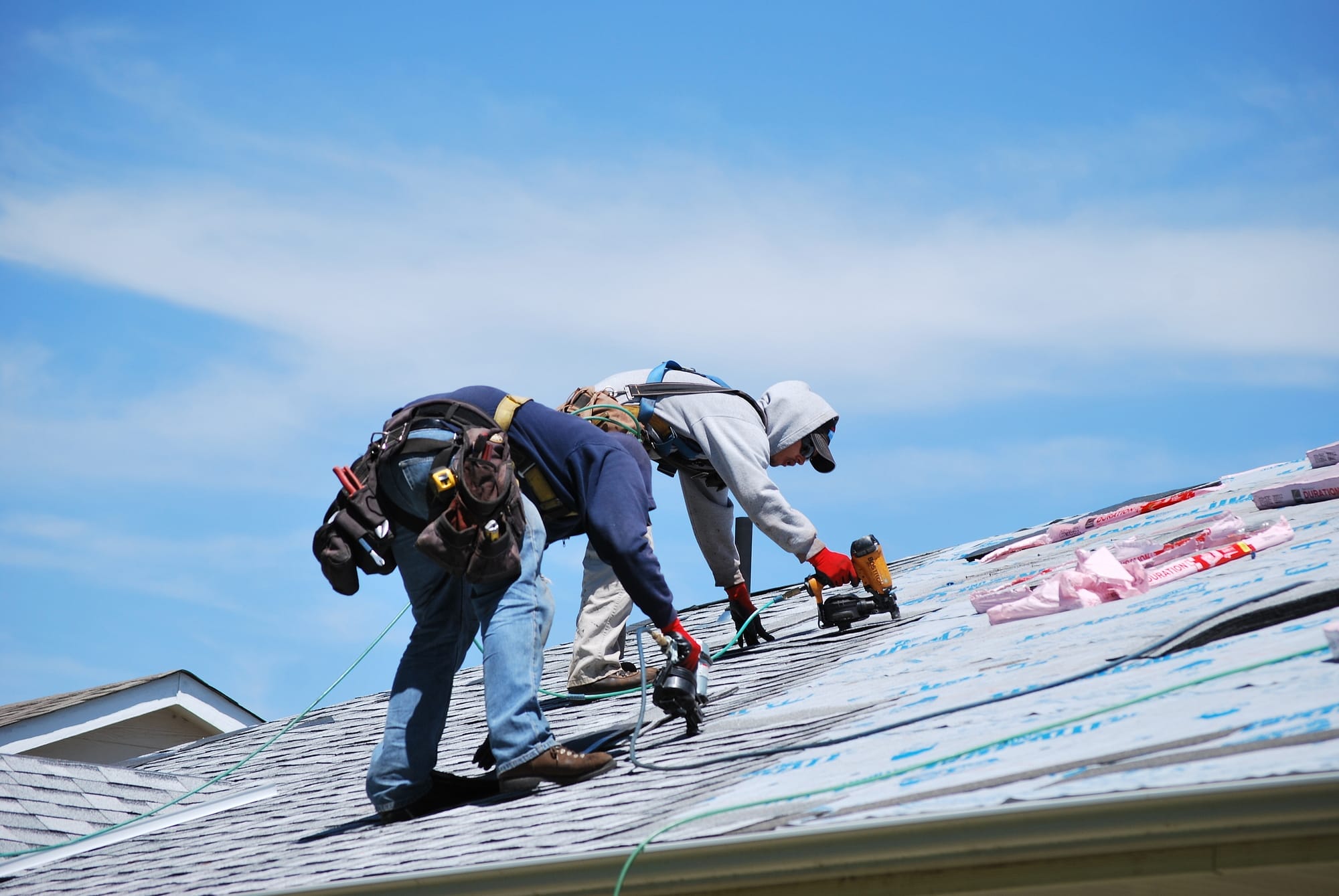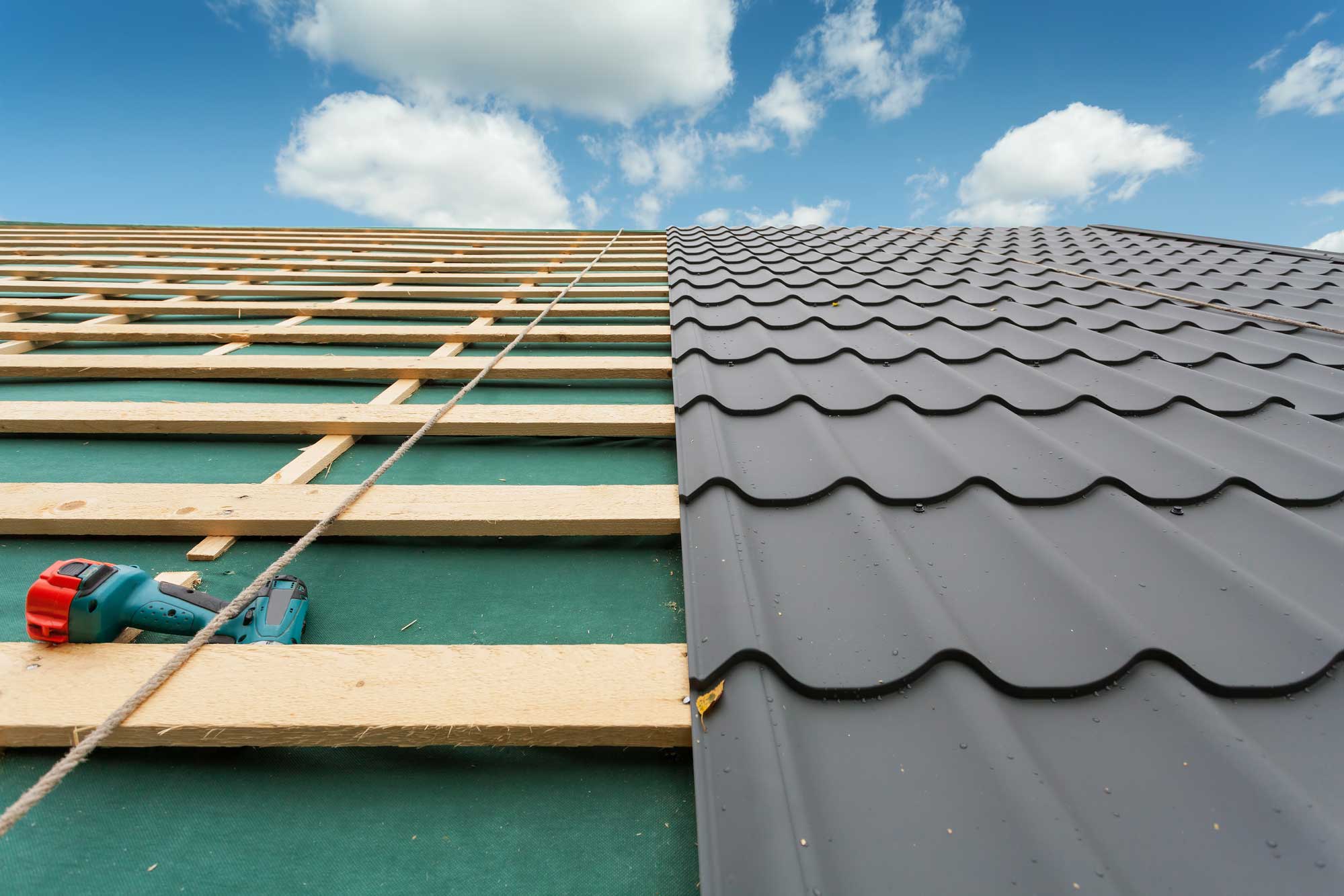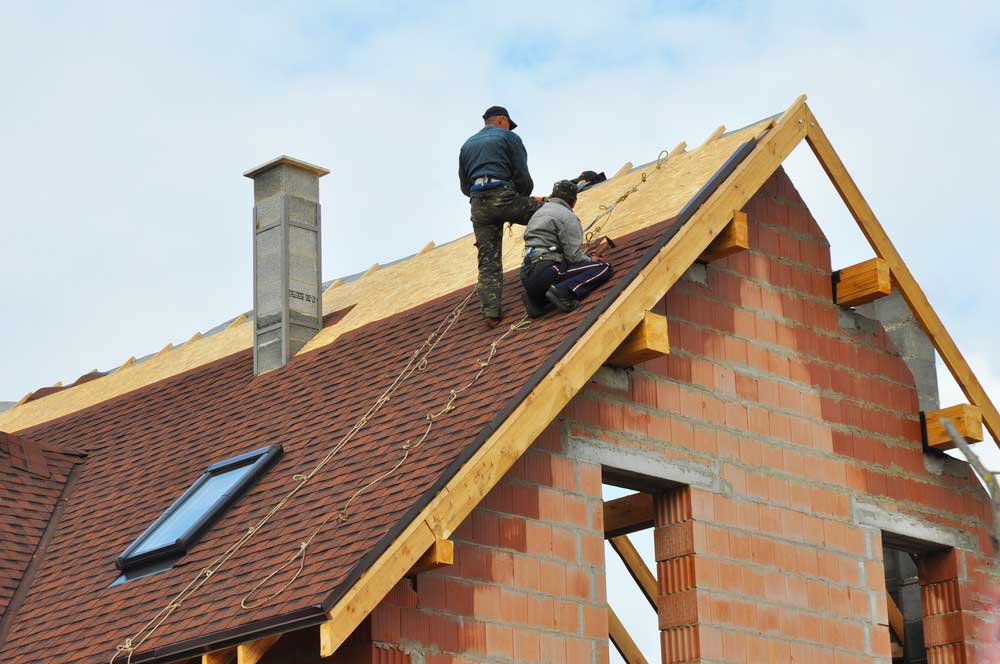YOUR GREATER HOUSTON AREA ROOFING COMPANY
Forging the Future of Roofing
- Customers are our priority
- Quality materials, every time
- Priced to sell, installed to last!
Anvil Roofers: Experts in Roofing and Gutters






Recovering From Recent Storms? Your hunt for the ideal roof ends here!
Get upgraded to hail-resistant shingles at no extra cost
Why Homeowners Choose Anvil Roofers for Their Roofing Needs

A Local Houston Roofing Contractor

Lifetime Warranties
Enjoy the peace of mind that comes with limited lifetime warranties on all architectural shingles. For workmanship, a 10-year labor warranty on the full scope of work is included. Extended warranties are available!

We Work Until You're Happy

An In-House Crew

Storm Damage Experts

Affordable Financing Options
Our Process

Contact
Let's talk about your project goals together and work out a time that works for both our schedules so we can inspect your roof. We pride ourselves in being technicians, not high-pressure sales guys.

Inspection
We put ourselves in your shoes- no fluff from us! Our Inspections include transparent roof reports that we back up with photos and homeowner education. What you need, is what you get!

Installation
Whether a repair or a replacement; our swift turnaround times will ensure your roof issues don't last long. Once given the green light, we work with your schedule to make it happen.

Clean-Up
Roof Projects are messy. We go the extra mile to make sure yours- is not. With our landscape protection netting system, consistent ground cleaning, attic vacuuming, and overall home-protection we can install a roof that your neighbors will think was dropped in via helicopter.

Commitment
When your project is complete, our service is not. We aim to build long-lasting relationships with our clients. We have a lifetime commitment to our work and beyond. Call us, and we're there.



FREQUENTLY ASKED QUESTIONS
How long does it take to install a new roof?
Most new roofs are done in one day. Really difficult ones can take up to a week. Your Anvil rep will set the proper expectations upfront, so you know what to bargain for.
When is the best time to schedule my roof replacement?
What are the signs that my roof needs repair or replacement?
If you notice any signs such as shingle damage, rusty flashing, granules in your gutters, daylight through your attic ceiling, or leaks in your home, then it might indicate something is wrong with your roof. Call us over for an inspection, and we can figure out the root problem before recommending the best next steps.

Our Services Area
Anvil Roofers proudly provides our roofing services in Houston, Texas, and the surrounding areas including:
Recent Articles & Videos
Are you looking to hire a roofing company but aren’t sure how to go about choosing the right fit for your home …
Investing in a metal roof is a wise decision for homeowners in Houston, offering a blend of unmatched durability, energy efficiency, and …
Are you considering replacing the roof of your residence in Houston? Ensuring that your roof can effectively protect your home against …




